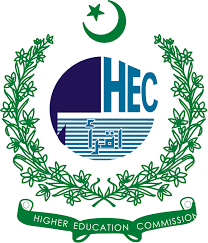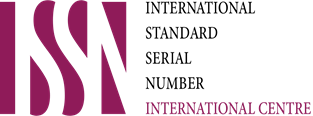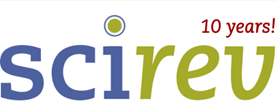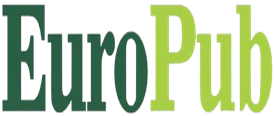THE IMPACT OF SOCIAL MEDIA USAGE AND AGE ON LANGUAGE DEVELOPMENT AND IDENTITY CONSTRUCTION AMONG BILINGUAL SPEAKERS
DOI:
https://doi.org/10.63878/aaj417Abstract
This mixed-method study investigates the impact of usage of social media age factors and also their influence on language development with identity formation on bilingual individuals. In increasingly digitalized world platforms of social media dominate daily communication and understanding, these technologies inspire linguistic designs and self-perception in multilingual contexts. The study employs a comprehensive mixed-methods research design incorporating large-scale survey data across three generational cohorts including adolescents aged 13-19, young adults 20-35 and adults 36-50) complemented by in-depth phenomenological interviews with purposively selected participants representing diverse bilingual backgrounds. Further quantitative analysis applied multivariate regression models reveal significant positive correlations among daily social media engagement duration and second-language lexical diversity where values found β=0.42, p<0.01) mostly pronounced in adolescent users. Yet qualitative findings through thematic analysis uncover paradoxical outcomes: while digital platforms enable L2 acquisition through immersive exposure. They concurrently accelerate language attrition in heritage languages among younger participants where χ²=18.7, df=2 and other value p<0.001 Identity negotiation arises as a multidimensional procedure with 68% of young adult defendants reporting deliberately and curating different linguistic personas across platforms. The study presents the novel concept of "digital diglossia" to describe this platform dependent language partitioning behavior. These important insinuations will contribute for language instructors, policymakers and digital platform creators employed with multilingual inhabitants. Future surveys should employ longitudinal projects to track lifespan changes in numerical bilingualism and grow evidence based interventions that reserve linguistic variety while harnessing benefits of social media for language knowledge.




































